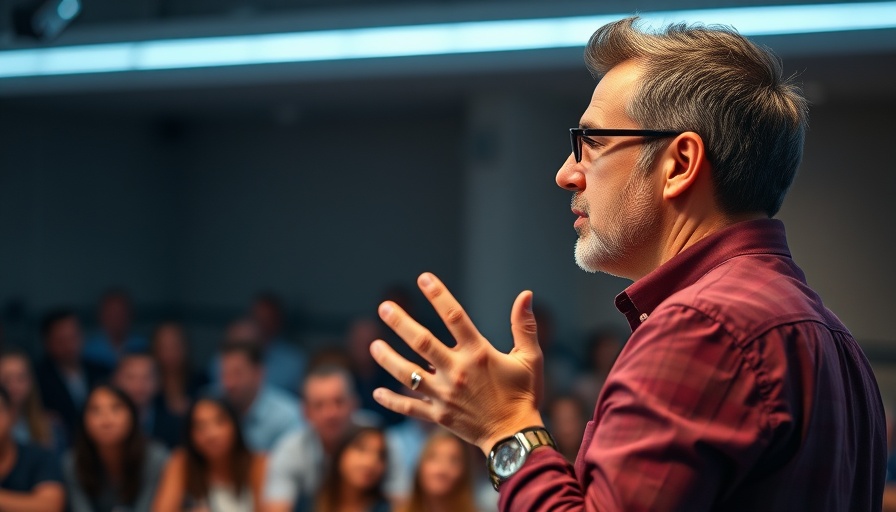
Decoding the Reality: The Challenge of Distinguishing Fake AI Photos
Imagine being a military officer, receiving distressing news via social media: four of your soldiers have been captured, and time is running out. You have only a dubious, grainy photo to work with. What do you do? This urgent scenario illustrates the growing importance of verifying the authenticity of digital images, especially in a world where AI-generated photos can easily mislead.
In 'How to Spot Fake AI Photos,' Hany Farid dives deep into the intricacies of identifying digital forgeries, shedding light on the urgent need for vigilance in our increasingly digital landscape.
The Evolving Landscape of Digital Media
Hany Farid, a seasoned expert in digital forensics, highlighted that the surge in AI technology is rapidly reshaping our relationship with visual media. Once upon a time, photographs were considered trustworthy evidence, but with tools like generative AI, the line between real and fabricated images is becoming alarmingly blurry. Farid's work with journalists, courts, and governments reveals an urgent need to develop methods for authenticating images.
Conversations Around AI: The Dual-edged Sword
Generative AI, capable of creating images virtually indistinguishable from reality, introduces new threats. From malicious impersonations in video calls to fabricated images used for harassment, the stakes are high. Today, almost 50% of images found online could be fake, especially on unregulated platforms like social media, making it crucial for consumers to learn how to critically evaluate the information they encounter.
Identifying Forged Content: The Science Behind the Scrutiny
Farid outlines several sophisticated techniques for analyzing images, starting with residual noise patterns. Each digital image leaves behind traces that forensics experts can analyze. For instance, the residual noise found in AI-generated images typically shows distinct patterns— often star-like formations—that differ significantly from natural photographs. Furthermore, subtle factors like vanishing points and shadow intersections can also provide vital clues about an image's authenticity.
Empowering the Public Against Misinformation
Awareness is key. Farid encourages consumers to recognize the potential pitfalls of sharing unverified content, emphasizing that every time misinformation is shared—intentionally or not—it contributes to a larger problem. As we stand at a crossroads, society must choose whether to leverage technology responsibly or allow it to deepen societal divides.
Your Role in the Information Ecosystem
While it may be challenging to transform everyone into a digital forensics expert, individuals can take proactive steps. Actively questioning the source of their information and avoiding reliance on social media for news can help combat misinformation. As tools for verifying content authenticity improve, the responsibility lies with consumers to be conscientious about the information they engage with and share.
We’ve reached a moment of reckoning where each of us must decide what kind of information ecosystem we want to nurture. By being vigilant and prioritizing authentic sources, we can shift the tide against misleading visuals and restore trust in media. Making informed decisions today can profoundly impact our digital futures.
 Add Row
Add Row  Add
Add 




Write A Comment